El curador principal de Heather James, Chip Tom, habla sobre el Círculo de Animales Ai Weiwei - Cabezas de Zodíaco: Oro
Detalle de Arte
AI WEIWEI (n. 1957)
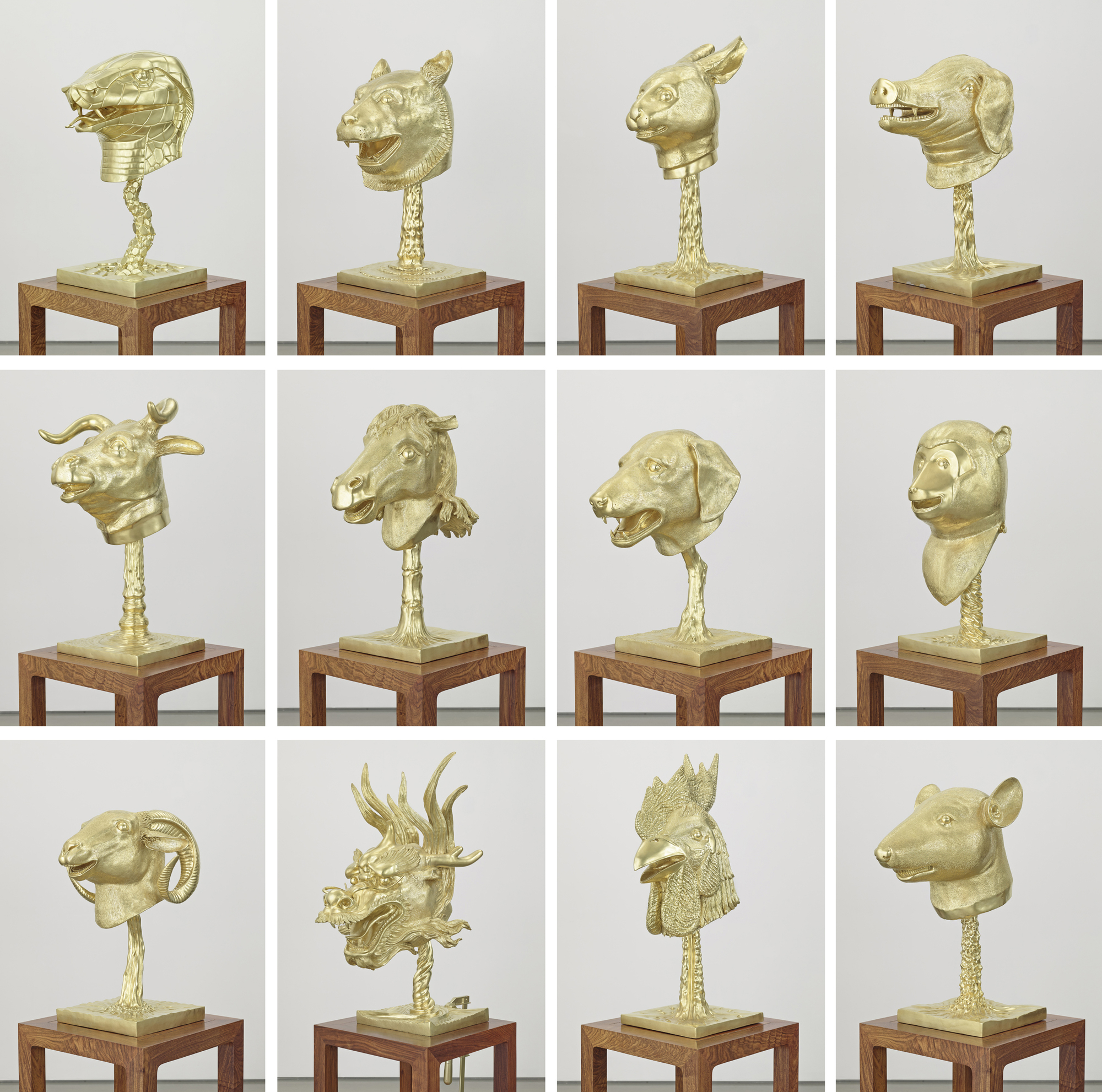
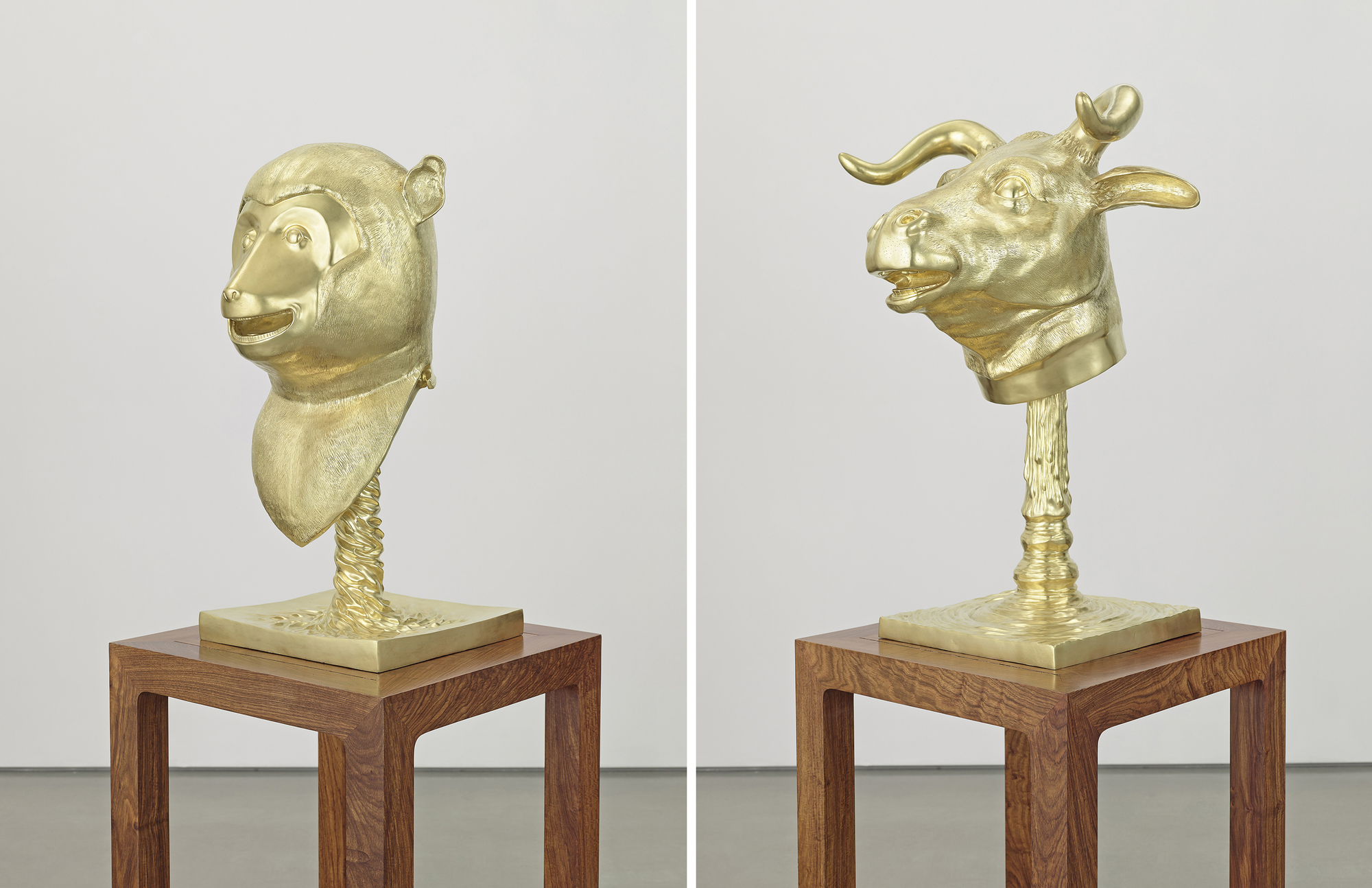
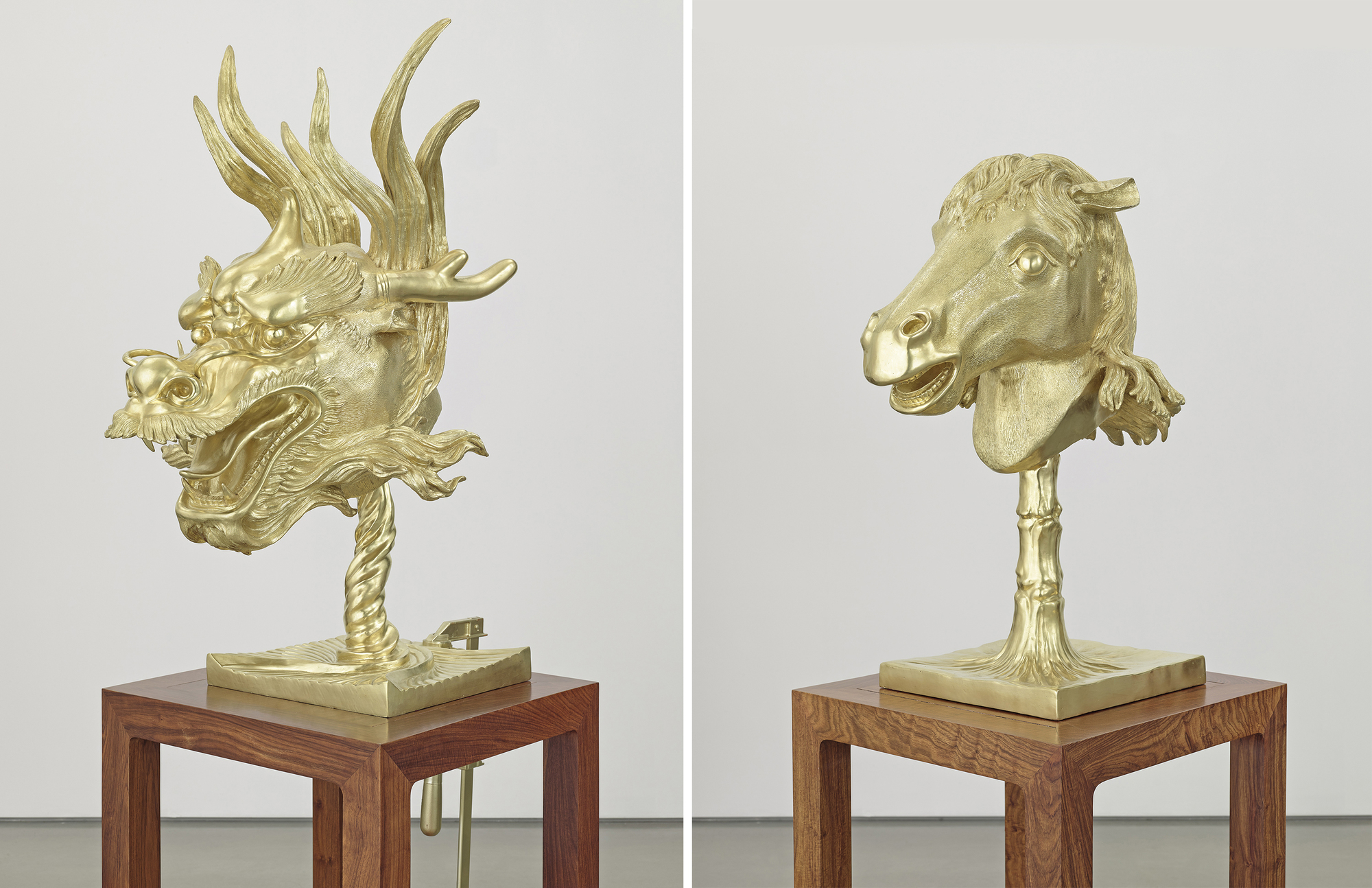
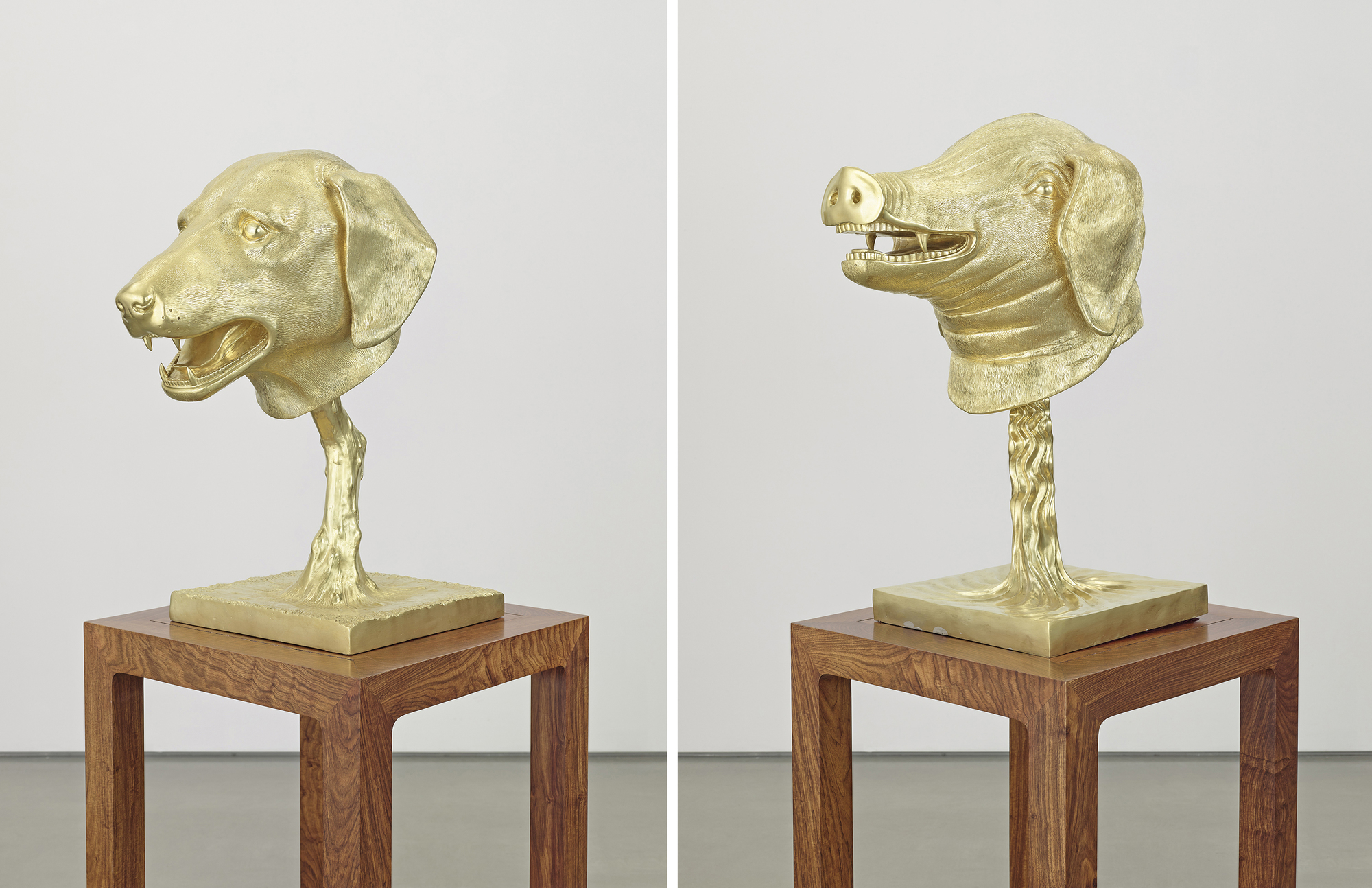
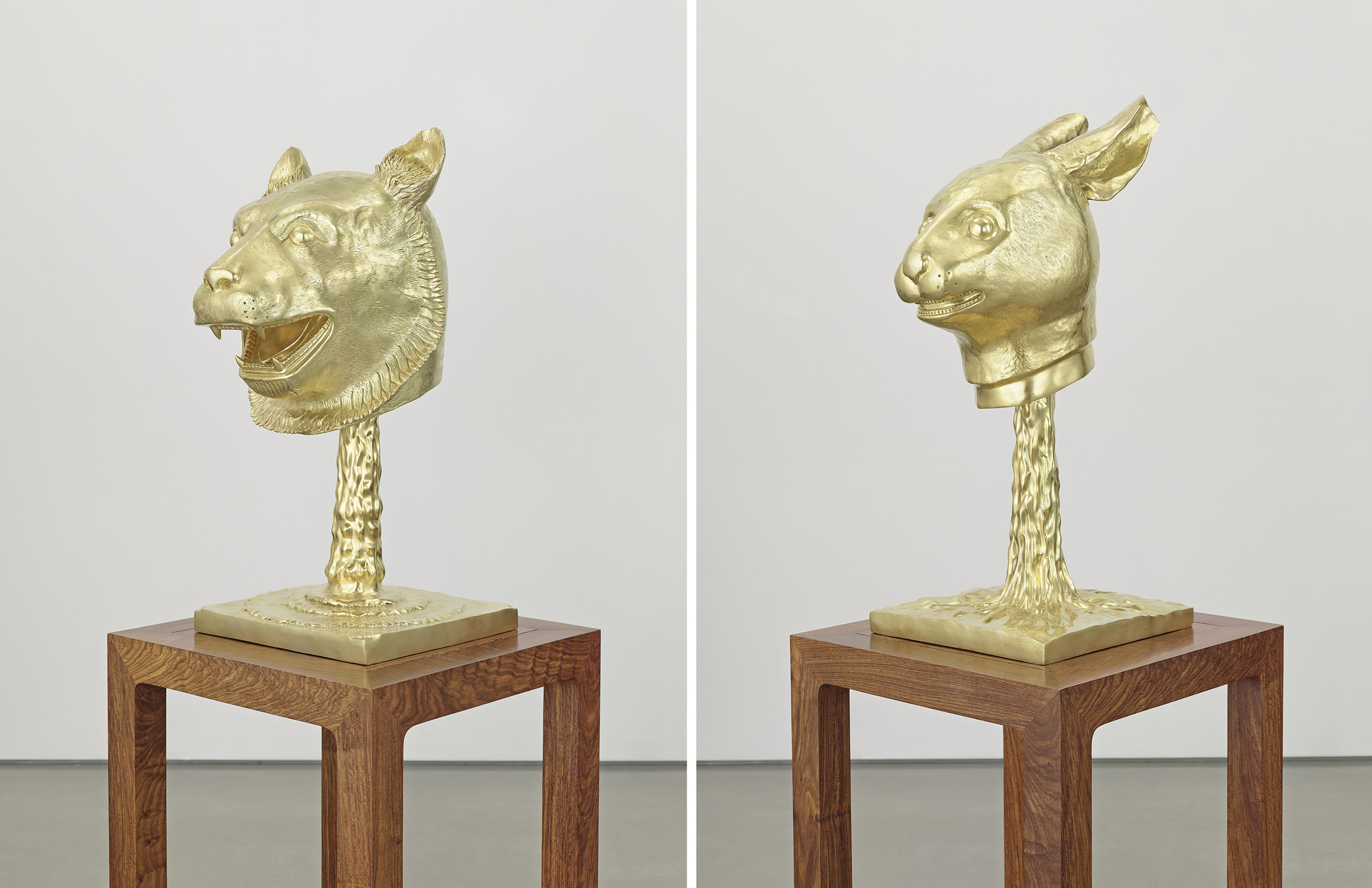
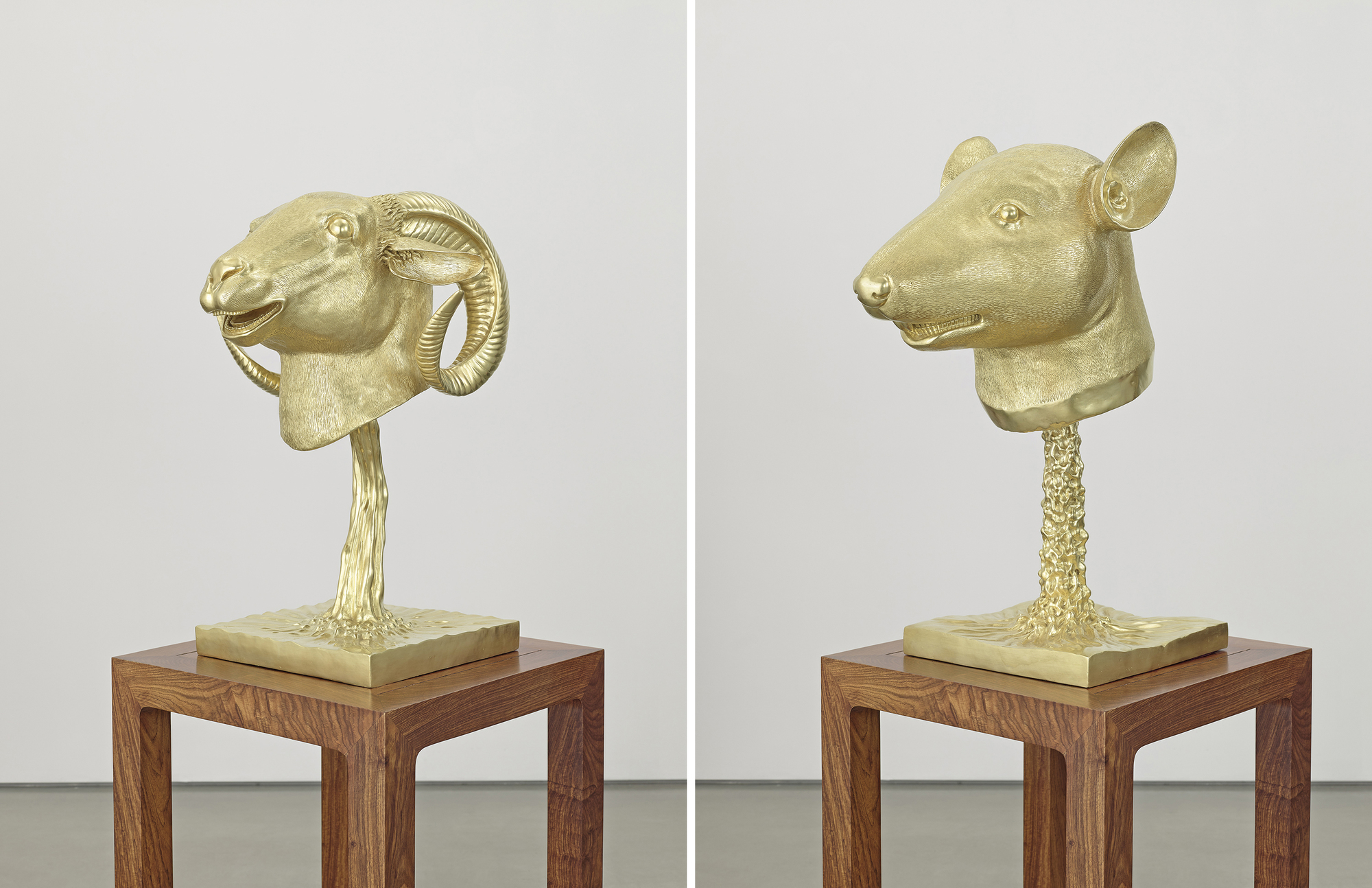
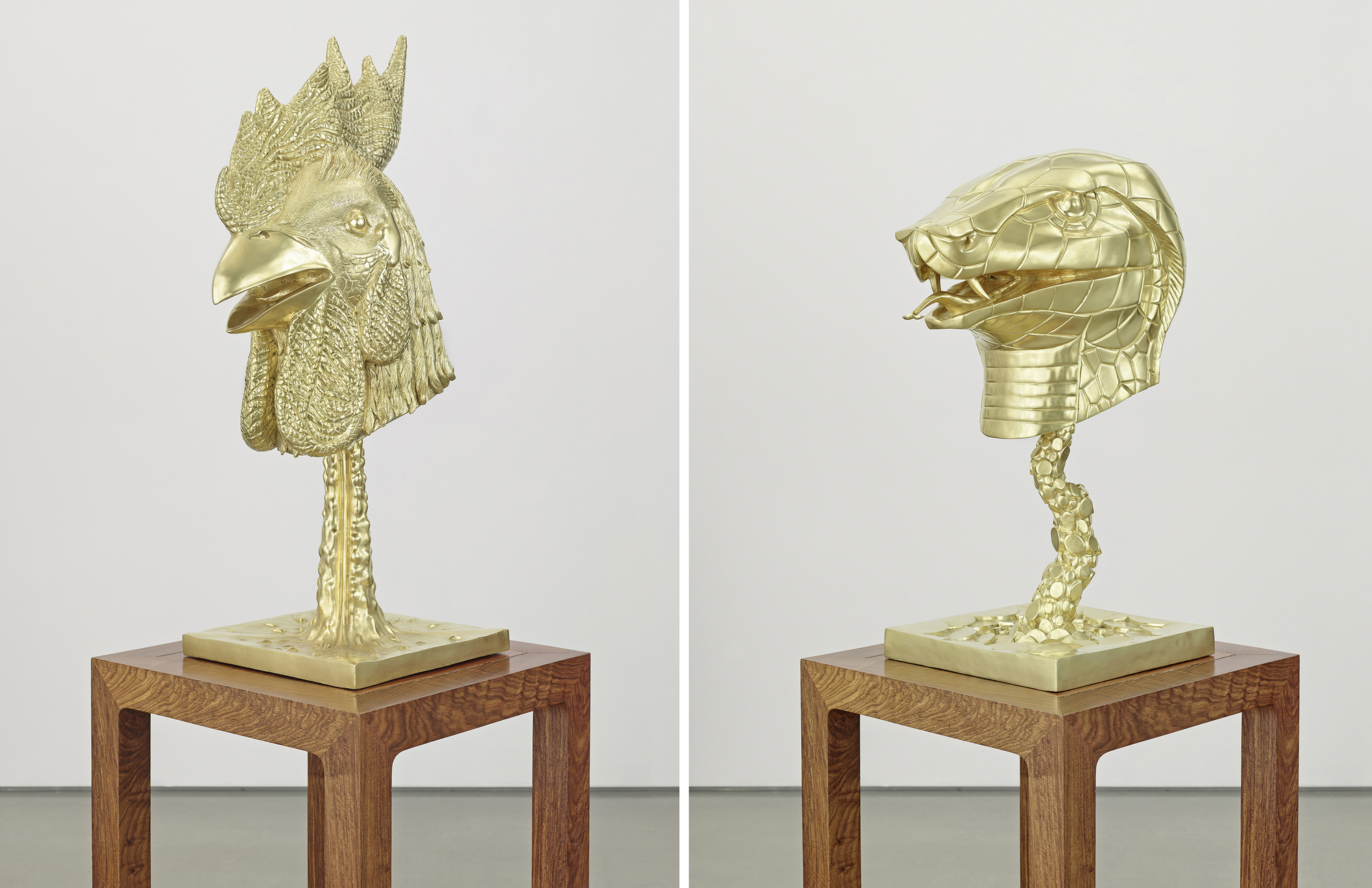
Procedencia
Friedman Benda, Nueva YorkColección privada, adquirida a los anteriores, 2014
Sotheby's, Nueva York, 15 de noviembre de 2019, lote 441
Colección privada, adquirida en la venta anterior
Exposición
Montreal, Canadá, Musee d'art Contemporain de Montreal, Zoo, mayo-septiembre de 2012, pp. 68-77 y 218, ilustrado en color (otro ejemplo expuesto).San Diego, California, Museum of Contemporary Art San Diego, Ai Weiwei: Circle of Animals/Zodiac Heads: Oro, febrero - julio de 2012, ilustrado en color (otro ejemplo expuesto)
East Hampton...Más...., Nueva York, LongHouse Reserve, Ai Weiwei: Circle of Animals/Zodiac Heads: Oro, agosto - octubre de 2013, ilustrado en color (otro ejemplo expuesto).
Moscú (Rusia), Garage Museum of Contemporary Art, Personal Choice: Collectors' Selections From Their Own Collections, febrero - abril de 2014 (otro ejemplo expuesto)
Dallas, Texas, The Crow Collection of Asian Art, Ai Weiwei: Circle of Animals/Zodiac Heads: Oro, septiembre de 2013 - marzo de 2014, ilustrado en color (otro ejemplo expuesto)
Berlín, Alemania, Martin-Gropius-Bau, Ai Weiwei - Evidence, abril - julio de 2014 (otro ejemplo expuesto).
Oxfordshire, Inglaterra, Blenheim Palace, Ai Weiwei at Blenheim Palace, octubre de 2014 - abril de 2015, pp. 92-99 y 140, ilustrado en color (otro ejemplo expuesto)
Palm Springs, California, Museo de Arte de Palm Springs, Ai Weiwei: Círculo de animales/cabezas del zodiaco: Oro, diciembre de 2014 - mayo de 2015, ilustrado en color (otro ejemplo expuesto)
Portland, Oregón, Portland Art Museum, Ai Weiwei: Círculo de animales/cabezas del zodiaco: Oro, mayo - septiembre de 2015, ilustrado en color (otro ejemplo expuesto)
...MENOS....


